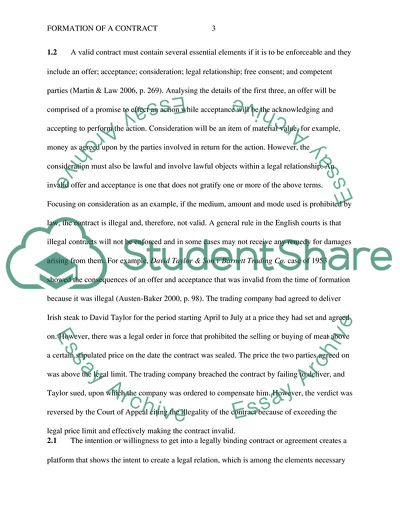Cite this document
(Formation of a Contract Essay Example | Topics and Well Written Essays - 1500 words, n.d.)
Formation of a Contract Essay Example | Topics and Well Written Essays - 1500 words. https://studentshare.org/law/1809051-formation-of-a-contract
Formation of a Contract Essay Example | Topics and Well Written Essays - 1500 words. https://studentshare.org/law/1809051-formation-of-a-contract
(Formation of a Contract Essay Example | Topics and Well Written Essays - 1500 Words)
Formation of a Contract Essay Example | Topics and Well Written Essays - 1500 Words. https://studentshare.org/law/1809051-formation-of-a-contract.
Formation of a Contract Essay Example | Topics and Well Written Essays - 1500 Words. https://studentshare.org/law/1809051-formation-of-a-contract.
“Formation of a Contract Essay Example | Topics and Well Written Essays - 1500 Words”. https://studentshare.org/law/1809051-formation-of-a-contract.


